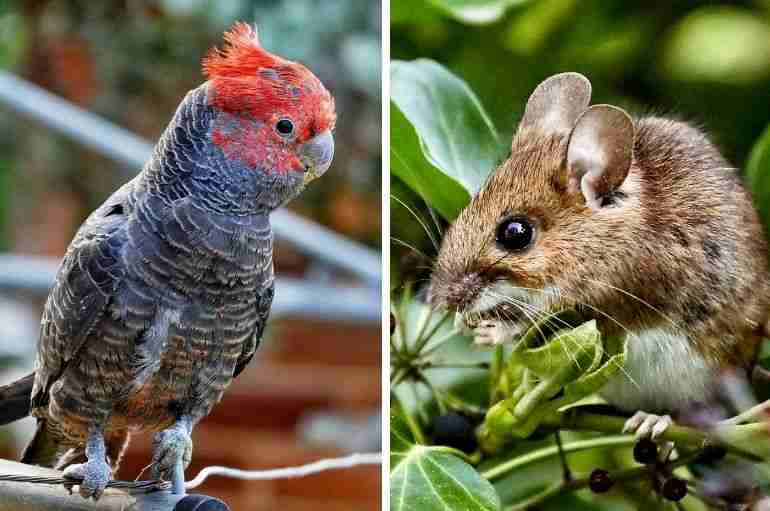Some Animals Have Started “Shape-Shifting” In Order To Survive Due To Climate Change
Some animals have started experiencing shifts in their body shapes, “shape-shifting” in response to the ongoing climate crisis, new research has found.

Some animals have started experiencing shifts in their body shapes, “shape-shifting” in response to the ongoing climate crisis, new research has found.
Some warm-blooded animals, such as birds, have started developing larger beaks, legs and ears to allow them to better regulate their body temperatures as our planets heats up, according to a study published on Tuesday Sep. 7 by a team of researchers at Deakin University in Australia.
Some Australian parrot species have had the biggest shifts in size among the 30 animals studied, with their beak sizes increasing by 4% to 10% on average since 1871.
Other animals that have “shape-shifted” include wood mice gaining bigger ears and longer tails and bats growing with larger wings in warm climate areas.
Research on North American dark-eyed juncos, a small songbird, also showed there was a connection between increased bill size and short-term temperature extremes in cold environments.
“Shapeshifting does not mean that animals are coping with climate change and that all is fine,” Sara Ryding, the lead researcher, told The Guardian. “It just means they are evolving to survive it – but we’re not sure what the other ecological consequences of these changes are, or indeed that all species are capable of changing and surviving.”
“This phenomenon of shape-shifting shouldn’t be seen as a positive,” Ryding added, “but rather it is alarming that climate change is pushing animals to evolve like this, under such a relatively short timeframe.”
Although the current changes in animals are small, Ryding stated these would change as the planet becomes hotter and more animals shift to survive.




